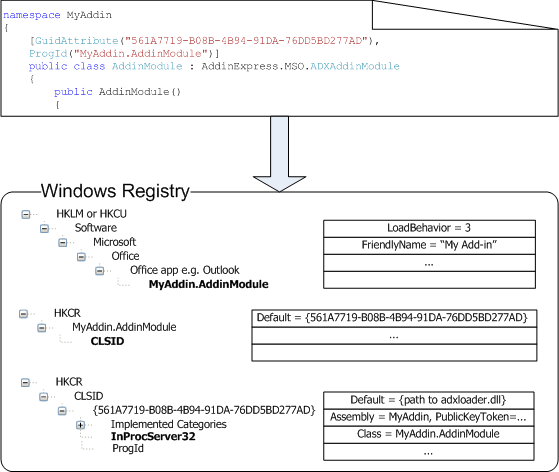
If you’re building an application that intends to use the Web Browser control for a live preview of some HTML this is clearly undesirable.

But the default IE 7 mode doesn't recognize many of these settings resulting in a terrible render mode. behave differently by default, even though there’s a CSS reset applied on this page. Not only are the new CSS features missing but the page also renders in Internet Explorer’s quirks mode so all the margins, padding etc.

Obviously the latter rendering using the Web Browser control in a WPF application is a bit lacking.
#Find which office 32bit or 64bit vb.net registry full
The the full Internet Explorer the page displays the HTML correctly – you see the rounded corners and shadow displayed. One uses Internet Explorer as a standalone browser, and one uses a simple WPF form that includes the Web Browser control. To see what I’m talking about, here are two screen shots rendering an HTML5 page that includes some CSS3 functionality – rounded corners and border shadows - from an earlier post.

HTML is easy to generate, generally re-usable, and easily extensible and distributable. Even in desktop applications, is often way easier than using labels or edit boxes or even some of the WPF text containers. Whether you're just rendering document content, or you're interacting with rich interactive content, HTML happens to be one of the most common document formats to display or interact with and it makes a wonderful addition to conventional forms based UI. For example Markdown Monster, Help Builder and WebSurge rely heavily on the Web Browser Control to render their document centric or even rich interactive UI (in the case of Markdown Monster which hosts an HTML editor). I use the Internet Explorer Web Browser Control in a lot of my desktop applications to display document content. Updated Aug 26th, 2016 - the original was published in May 2011


 0 kommentar(er)
0 kommentar(er)
